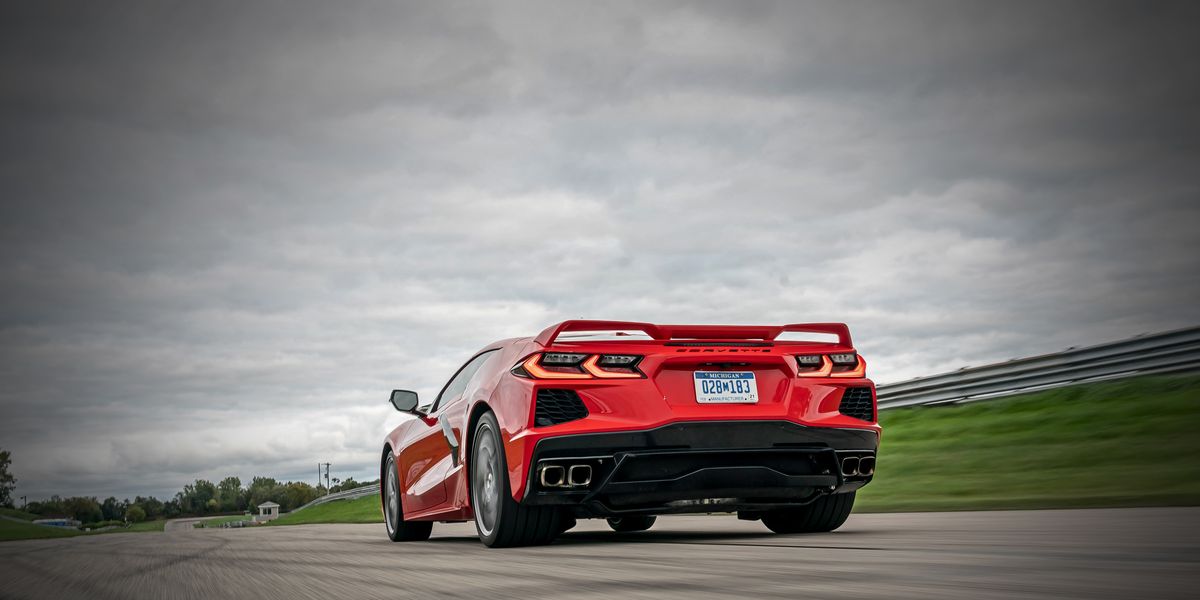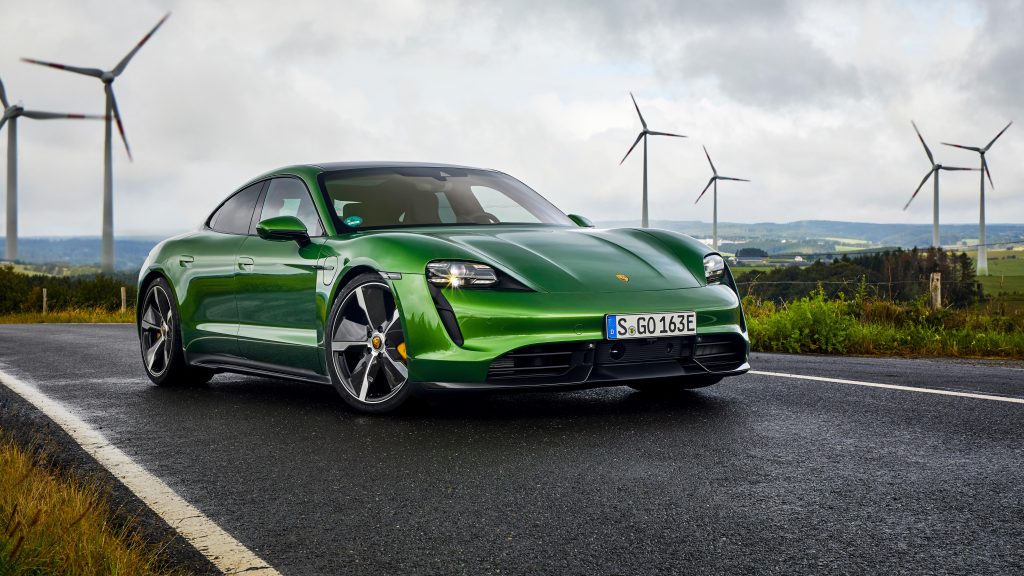Hi all. I'm looking at a new Outback. The XT really isn't in the budget right now, so I'm looking at a Premium. If I decide I can afford one, that is probably the direction I will go. Everyone in the forums and YouTube generally agrees that you are risking your family's lives every time you take them on the highway in the car. My question is how does the 2.5 compare to previous 2.5s? I owned a Gen 2 and currently own a Gen 3, both manual transmissions, and I have some experience with a CVT Gen 4 2.5s. I have never driven a Gen 5. I would say the power in those is adequate, though not ideal. In real-world use, the Gen 4 is the fastest, followed by the 3, followed by the 2.
Some back of the napkin math suggests that the Gen 6 will be a little slower than the Gen 3 and probably about the same as the Gen 2. I live at 5,000' and work at 10,000' so the car will see a 125-mile round-trip commute going up and down. The car will have a large roof box that will never come off. In my experience, the Gen 3 is fast enough with one person when you can keep the engine deep in the powerband. If the engine falls off a boil or I'm too lazy/tired to really work the car, it's not fast. Throw a bike or two on the roof with four passengers and it struggles.
Fuel economy is definitely a concern. In real-world, round trip driving, the Gen 3 gets about 25-28 mpg and the Gen 4 roughly the same (23-29, though I can't explain the range). Generally speaking, the Gen 4 is a little worse than the Gen 3, but it probably was more loaded. A friend with a 2010 3.6 consistently gets 25 on the same drive. The point of all this is MPG is important, but the smaller engine isn't necessarily more efficient. After all, moving the same mass at the same speed requires making the same amount of power.
I'm not interested in hearing your experience about how slow your automatic Impreza is, different cars.
Something else that I noticed recently is a used 3.6r goes for about the same price as a new Premium. I may start a second post pondering that option. Pre-COVID I would try to spend some time in different cars. It's a little harder now. I would need to find a dealer that will let me take a car on a couple hour test drive before I commit. FWIW, this car is replacing a Suburban, not the Gen 3 Outback.
Thanks for your insight!
Some back of the napkin math suggests that the Gen 6 will be a little slower than the Gen 3 and probably about the same as the Gen 2. I live at 5,000' and work at 10,000' so the car will see a 125-mile round-trip commute going up and down. The car will have a large roof box that will never come off. In my experience, the Gen 3 is fast enough with one person when you can keep the engine deep in the powerband. If the engine falls off a boil or I'm too lazy/tired to really work the car, it's not fast. Throw a bike or two on the roof with four passengers and it struggles.
Fuel economy is definitely a concern. In real-world, round trip driving, the Gen 3 gets about 25-28 mpg and the Gen 4 roughly the same (23-29, though I can't explain the range). Generally speaking, the Gen 4 is a little worse than the Gen 3, but it probably was more loaded. A friend with a 2010 3.6 consistently gets 25 on the same drive. The point of all this is MPG is important, but the smaller engine isn't necessarily more efficient. After all, moving the same mass at the same speed requires making the same amount of power.
I'm not interested in hearing your experience about how slow your automatic Impreza is, different cars.
Something else that I noticed recently is a used 3.6r goes for about the same price as a new Premium. I may start a second post pondering that option. Pre-COVID I would try to spend some time in different cars. It's a little harder now. I would need to find a dealer that will let me take a car on a couple hour test drive before I commit. FWIW, this car is replacing a Suburban, not the Gen 3 Outback.
Thanks for your insight!







